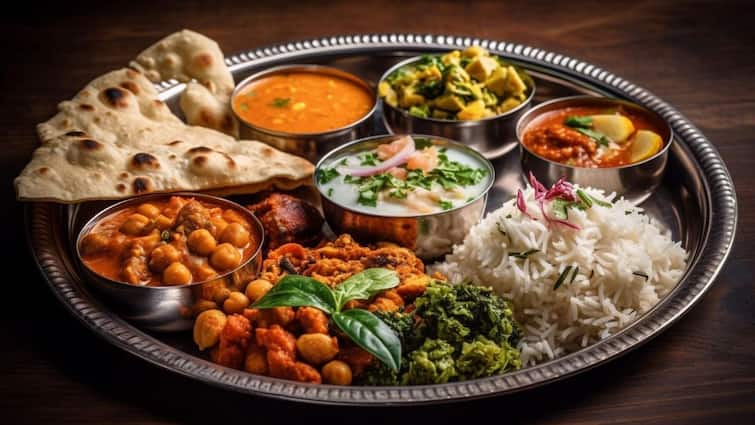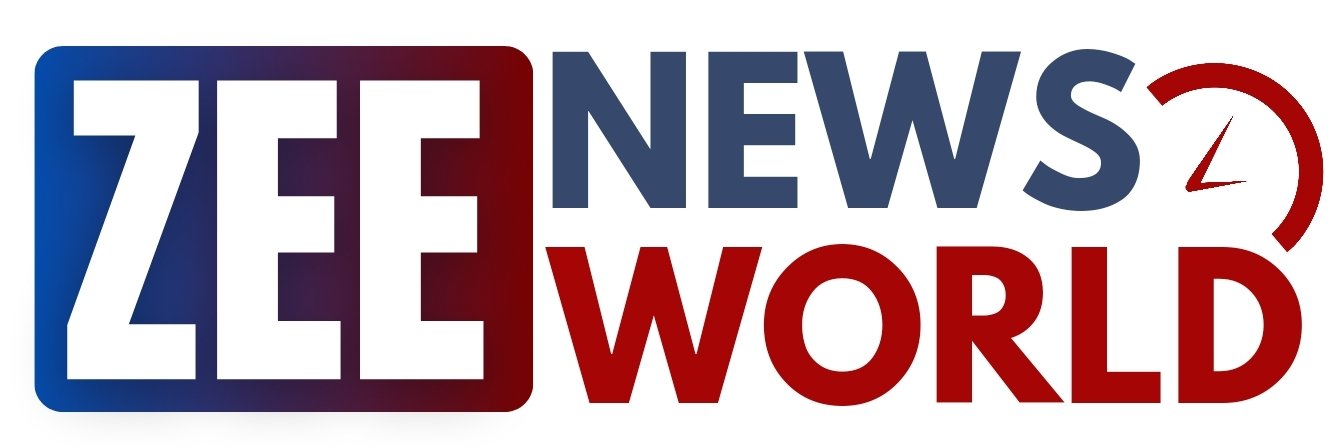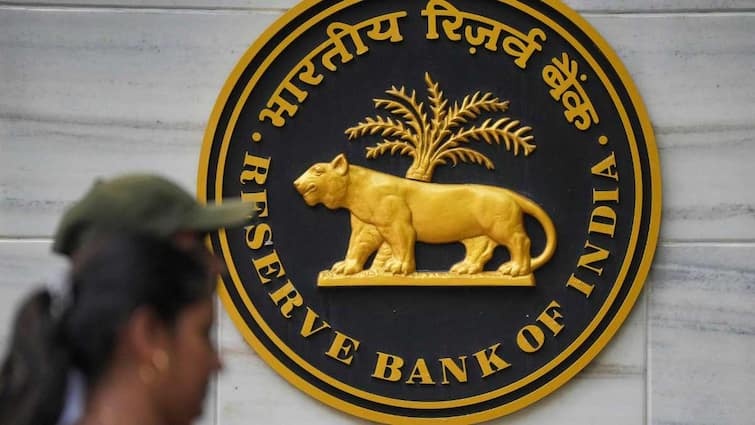Cooking A Homemade Vegetarian Thali Became 3 Per Cent Cheaper For Consumers In March, Here’s Why
Indian households saw a slight reprieve in food expenses last month, as the cost of cooking a vegetarian thali at home dropped 3 per cent year-on-year in March 2025, according to Crisil’s latest Roti Rice Rate (RRR) report. Meanwhile, the price tag of a non-vegetarian thali remained mostly unchanged over the same period. The RRR index calculates the average cost of a thali across India’s four regions—north, south, east and west—based on prevailing market prices of essential ingredients. Driving the dip in vegetarian thali costs was a significant fall in tomato prices, which plunged 34 per cent from Rs 32 per kg in March 2024 to Rs 21 per kg in March 2025. This sharp drop followed a 29 per cent surge in tomato supply, with southern states contributing heavily due to a strong rabi harvest. Higher acreage and improved yields—helped by healthy reservoir levels—were key factors behind the bumper crop, reported Livemint. While tomatoes softened the overall cost, rising prices of other staples moderated the impact. Potato prices climbed 2 per cent, onion by 6 per cent, and vegetable oil by 19 per cent year-on-year, slightly limiting the extent of the decline in the vegetarian meal cost. Also Read : Asian Indices Attempt Recovery, Sensex Climbs Over 1,000 Points, Nifty About 2 Per Cent Higher Non-Veg Thali Stays Steady Despite Broiler Price Rise The non-vegetarian thali saw no change in annual cost, as the reduction in tomato prices helped absorb some of the upward pressure from other ingredients. However, a 2 per cent increase in broiler chicken prices—an item that makes up nearly half the cost of a non-veg thali—kept overall prices flat. The rise in broiler prices is attributed to a low base last year, when oversupply drove costs down. On a monthly basis, both meal types turned out to be more affordable in March. The cost of the vegetarian thali dropped by 2 per cent compared to February, while the same for the non-vegetarian variant fell around 5 per cent. This decline coincided with fresh arrivals of vegetables in the markets, leading to an 8 per cent month-on-month drop in tomato prices, along with 5 per cent and 7 per cent declines in onion and potato prices respectively. “Vegetable prices remained subdued in March, with those of onion, potato and tomato declining on-month due to fresh arrivals,” said Pushan Sharma, director–Research, Crisil Intelligence. Crisil noted that broiler prices dipped 7 per cent month-on-month, as higher supply in northern regions and subdued demand in the south—due to bird flu concerns—led to a fall in poultry rates. Looking ahead, Sharma added, “However, we expect prices to bottom out and start picking up in April, as witnessed last year in the case of potato and tomato. Onion prices are likely supported by strong export momentum, while potato prices are expected to trend upward as cold storage stocks enter the market. Tomato prices, too, are expected to see a moderate increase due to lower rabi arrivals.”

Indian households saw a slight reprieve in food expenses last month, as the cost of cooking a vegetarian thali at home dropped 3 per cent year-on-year in March 2025, according to Crisil’s latest Roti Rice Rate (RRR) report.
Meanwhile, the price tag of a non-vegetarian thali remained mostly unchanged over the same period. The RRR index calculates the average cost of a thali across India’s four regions—north, south, east and west—based on prevailing market prices of essential ingredients.
Driving the dip in vegetarian thali costs was a significant fall in tomato prices, which plunged 34 per cent from Rs 32 per kg in March 2024 to Rs 21 per kg in March 2025. This sharp drop followed a 29 per cent surge in tomato supply, with southern states contributing heavily due to a strong rabi harvest. Higher acreage and improved yields—helped by healthy reservoir levels—were key factors behind the bumper crop, reported Livemint.
While tomatoes softened the overall cost, rising prices of other staples moderated the impact. Potato prices climbed 2 per cent, onion by 6 per cent, and vegetable oil by 19 per cent year-on-year, slightly limiting the extent of the decline in the vegetarian meal cost.
Also Read : Asian Indices Attempt Recovery, Sensex Climbs Over 1,000 Points, Nifty About 2 Per Cent Higher
Non-Veg Thali Stays Steady Despite Broiler Price Rise
The non-vegetarian thali saw no change in annual cost, as the reduction in tomato prices helped absorb some of the upward pressure from other ingredients. However, a 2 per cent increase in broiler chicken prices—an item that makes up nearly half the cost of a non-veg thali—kept overall prices flat. The rise in broiler prices is attributed to a low base last year, when oversupply drove costs down.
On a monthly basis, both meal types turned out to be more affordable in March. The cost of the vegetarian thali dropped by 2 per cent compared to February, while the same for the non-vegetarian variant fell around 5 per cent. This decline coincided with fresh arrivals of vegetables in the markets, leading to an 8 per cent month-on-month drop in tomato prices, along with 5 per cent and 7 per cent declines in onion and potato prices respectively.
“Vegetable prices remained subdued in March, with those of onion, potato and tomato declining on-month due to fresh arrivals,” said Pushan Sharma, director–Research, Crisil Intelligence.
Crisil noted that broiler prices dipped 7 per cent month-on-month, as higher supply in northern regions and subdued demand in the south—due to bird flu concerns—led to a fall in poultry rates.
Looking ahead, Sharma added, “However, we expect prices to bottom out and start picking up in April, as witnessed last year in the case of potato and tomato. Onion prices are likely supported by strong export momentum, while potato prices are expected to trend upward as cold storage stocks enter the market. Tomato prices, too, are expected to see a moderate increase due to lower rabi arrivals.”
What's Your Reaction?











































